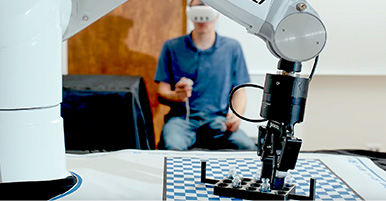Citation
Han, J. H., Mundkur, P., Rotsos, C., Antichi, G., Dave, N. H., Moore, A. W., & Neumann, P. G. (2015, 17-18 March). Blueswitch: enabling provably consistent configuration of network switches. Paper presented at the ACM/IEEE Symposium on Architectures for Networking and Communications Systems (ANCS 2015), Oakland, CA.
Abstract
Previous research on consistent updates for distributed network configurations has focused on solutions for centralized networkconfiguration controllers. However, such work does not address the complexity of modern switch datapaths. Modern commodity switches expose opaque configuration mechanisms, with minimal guarantees for datapath consistency and with unclear configuration semantics. Furthermore, would-be solutions for distributed consistent updates must take into account the configuration guarantees provided by each individual switch – plus the compositional problems of distributed control and multi-switch configurations that considerably transcend the single-switch problems. In this paper, we focus on the behavior of individual switches, and demonstrate that even simple rule updates result in inconsistent packet switching in multi-table datapaths. We demonstrate that consistent configuration updates require guarantees of strong switch-level atomicity from both hardware and software layers of switches – even in a single switch. In short, the multiple-switch problems cannot be reasonably approached until single-switch consistency can be resolved. We present a hardware design that supports a transactional configuration mechanism, and provides packet-consistent configuration: all packets traversing the datapath will encounter either the old configuration or the new one, and never an inconsistent mix of the two. Unlike previous work, our design does not require modifications to network packets. We precisely specify the hardwaresoftware protocol for switch configuration; this enables us to prove the correctness of the design, and to provide well-specified invariants that the software driver must maintain for correctness. We implement our prototype switch design using the NetFPGA-10G hardware platform, and evaluate our prototype against commercial off-the-shelf switches.


